Cross-curricula
Adjective
- denoting or relating to an approach to a topic that includes contributions from several different disciplines and viewpoints (Collins English Dictionary)
In today’s world, it is very common to a variety of different teaching strategies to help students understand a concept or improve core skills. Recently I was at a conference and was chatting with a high school English teacher who mentioned that she uses science experiments as a way of engaging marginalised students in her class. By having students write down each procedural step and to describe the outcome of their experiment, her students were learning to communicate clearly in written form about a topic that they were interested in. She was using science as a hook… and I couldn’t agree more! This approach could be used in nearly every school subject and embedding science to enrich the context of what you’re teaching certainly can create deeper connections. So with this in mind, here’s just a few ideas on how you could integrate science as part of your other subjects!
History
This is an easy one to cover! The history of science is a standard part of science curriculums and as such, you can discuss the inventions, discoveries and scientists that influenced world events. A great example of this is the Big History Project lesson series, where a framework has been created for you to link science with its historical context. You can also use one of my favourite books, A Short History of Nearly Everything by Bill Bryson, where each chapter discusses not just the events but the conversations, feuds, competitions and necessities that drove the science forward.
With this mind, have a look at your science or history curriculum and find areas where the two areas can come together.
- Maybe you can look at the scientific advances that happened during the renaissance period and debate whether these were more or less important than the advances that were seen in ancient Greek, Roman or Babylonian times? Research here could culminate in a class or even school-wide debate between the ‘civilisations’.
- You could have students construct theories on what the world would be like if certain discoveries were not made. The narratives could be presented as stories, student blogs or alternate oral histories recorded as a podcast.
- Students could link historical events with changes in climate, volcanic eruptions or even plagues and present this as a science poster.
- Your students could investigate the textiles and handicrafts that have been used throughout history and discuss the energy prerequisites, machines needed and knowledge of properties of materials required to produce these items at scale.
- You could look at the advantages and disadvantages of technological development across a variety of industries. With careful and measured guidance, your students could discuss positive and negative impacts of plastics & synthetic fibres, coal fire stations, biotechnology and more against the lens of current scientific research, popular opinions, conjecture and outright conspiracy theories. Not a bad chance to help students learn to determine which information sources are the most credible!
- Where is the world heading next? Students could argue where they see scientific development heading next and their justifications for this reasoning based on current research. Students could then explore this same idea again, only this time pretend they were in a given era and they could argue what they might have thought was coming in modern times. What would Plato or Leonardo Da Vinci have thought? What about Jules Verne or H.G Wells?
- History is filled with cultures connecting for either good or ill. Students could list scientific reasons that underpin why some chance encounters created devastation for some cultures whilst other connections involved exchanges in knowledge where both cultures gained benefit.
- Sliding doors moments! Which discoveries saved nations whilst others caused damage? Which key discoveries made all the difference on the world we see today? What would have happened if some nations discovered something before their rivals did?
Drama
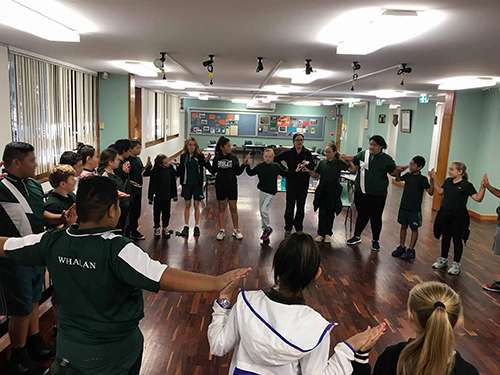
Demonstrating how currents work during a Create a Buzz school incursion
If you look at history, there is always some form of drama! You could create a short play where students act out the events during the discovery of the atom, the race to discover DNA or be first to the South Pole. There are plenty of biographies, movies, plays and even songs that can be sources of inspiration. Time for some creative flair!
- Challenge your students to create a short skit or longer drama that deep dives into the events of the era and the science of the day that was driving the protagonists. This production could be part of your next science fair!
- Why not create role plays for your students to get involved in? From forensic investigations to pretend operations, students will love it!
- Use dramatic models to help students understand a concept. You could have students demonstrate what voltage, current and resistance means in an electrical circuit. You could help kids understand the difference between solids, liquids and gases by modelling what the particles are doing. You could teach students how robots work without using a computer. In short, if something moves… you can model it!
- What about charades? Give each student a card with a concept and then the students then act out their card for the 0thers to guess. Can they do it?
Music
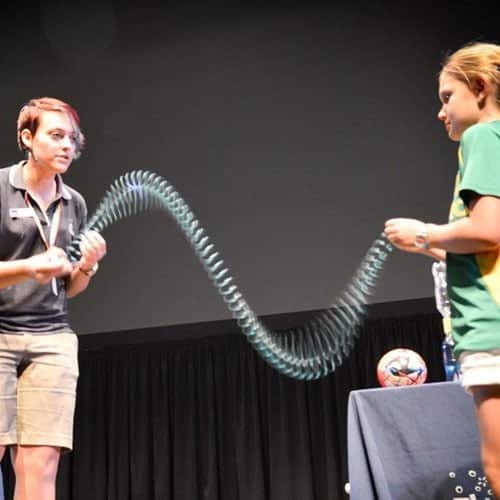
Teaching about waves during a science of sound school show
Teaching kids science using music can be very powerful. The repetition, the rhymes and the beats help break the barriers to learning and engage students of all ages. Knowing this, you can harness music to grab the attention of your learners no matter what grade they are in.
- Try using Flocabulary, an online resource that combines hip hop & rap with learning outcomes in a fun format for students.
- Challenge students to make their own songs around a science topic. They could choose their favourite style and then present this to the class or the whole school community.
- There is a bunch of physics concepts that surround the waveforms of music! Have students look deeper at the waves found in different musical instruments using a free digital oscilloscope and then link this to frequency, amplitude and more. You can pair the oscilloscope with teaching about waves using a slinky as well.
- Students could make their own instruments and identify the wavelengths being produced. How can they amplify their instrument? You could also bring in cultural and historical contexts here too.
- Learn more about songs found in nature. There are bird songs, insect calls and more.
- Can sound be used to learn about structures?
- How is sound used in robotics? What about medicine?
- Are there songs where science is discussed positively or negatively? Why?
- Student can create short rhyming songs to help them rote learn a sequence of events.
PDHPE
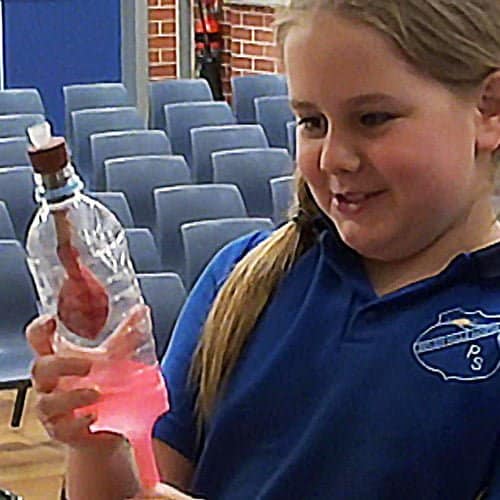
Learning how a lung works during a healthy choices PDHPE incursion
Sport and the human body create a lot of opportunities for learning more science! Regardless of whether you have plenty of room outside or if your classroom is in a highrise building, you can teach a lot about the human body.
- Run low vs. high-intensity exercises with your students. Why did your heart rate increase?
- Learn how the diaphragm allows you to breathe.
- Model how tendons and muscles work with an easy to create hand model.
- Students could discuss what constitutes a ‘healthy choice’ when it comes to food.
- What are your student’s reaction times? Drop a ruler above their hand and see how fast the can catch it!
- How flexible are your students? Tape a ruler to the edge of a desk on its side and see who far they can reach along the ruler with their feet together touching the desk and legs flat against the ground.
- How high can your students jump? Measure their height and let them jump as high as they can to make a chalk mark on a wall (the winner is the student who jumped the most above their height).
- How strong are your students? Students can compete to push a medicine ball away from them with two hands.
- Find 1st, 2nd and 3rd class levers in the human body.
- Investigate the five senses. Try comparing who can hear the highest pitch between older and younger students… even better if you involve teachers! You could run taste tests & smell tests with essential oils. From looking at colour blindness in the classroom to finding your blindspot there is a lot to do.
English
English offers the opportunity for students to critically analyse and find meaning in a variety of media. Additionally English helps students communicate effectively so that others can understand their thoughts. As science requires people to work in written and oral forms it is a natural medium for students to practice their language skills.
- Help students with their scientific report writing. Reports are not just a series of materials and methods, they also require students to research current understanding and compare & contrast their results against others. The
- Science experiments as class presentations are a great way for students to practice their oral communication. This medium is naturally engaging for the audience and can help students struggling to connect with people in other formats.
- Have a STEM pitchfest just like Shark Tank. This is a great way for them to discover their pitching skills!
- It was mentioned before, but student podcasts are a really handy way for students to record their ideas.
- Find meaning in the Latin names of biological specimens and how everyday English can be traced back to ancient times.
- Play Scrabble with scientific words as the only words you can use.
- Students could create crosswords around your given unit of work.
- Can students create their own board game based on your topic?
Art
Students love art! Let students engage their artistic flair whilst learning about scientific concepts.
- Make that diorama! Students could create underwater scenes, working volcanos, food webs, rainforest habitats and more… it’s just limited to their imagination. These dioramas could make a perfect installation at your next science fair.
- Go larger than the diorama… make your whole classroom an immersive space around your science topic! I’ve seen school hallways turned into epoch timelines, classrooms made into Rube Goldberg machines, murals about discoveries painted on school walls and much more. Make it vibrant and involve the student’s ideas & handiwork.
- Create a science gallery of digital microscope pictures and showcase it to your school community.
- Challenge students to create biological drawings of their favourite animals or plants.
- Have a sculpture competition around your science topic. Submissions can be realistic, abstract, surreal or otherwise, as long as their artwork prompts questions, discussions and debate.
- Make science posters around your topic.
- Learn more about colour addition and subtraction & where how this influences print and digital media.
- How does changing light affect photography as you descend into deep water?
- Create an animation using a flipchart, zoetrope or claymation. Learn the science about your topic plus how animation works.
- Recreate working models of Leonardo Da Vinci’s drawings use Lego, Meccano, wood and other similar building materials
- Use 3D printers to create models too!
- Learn about art created by famous scientists.
- Which scientific techniques are used by conservators to restore and preserve historical treasures?
- What is design thinking and how does it influence the engineering process?
Mathematics
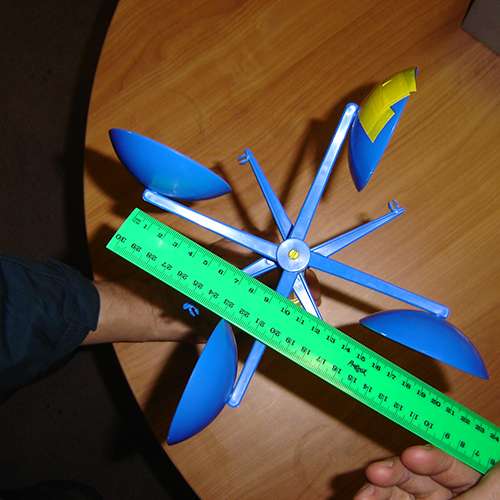
Measuring an anemometer during a working mathematically school incursion
Mathematics is the tool that scientists use. Help students see the cross-linkages here by applying mathematics to scientific investigations!
- Measure the wind speed of a fan with an anemometer.
- Measure the temperature change in pizza box solar ovens.
- How fast does it take hot water vs. cold water to freeze?
- Create labelled graphs, figures and tables of your results.
- Celebrate Pi day with activities
- Chart the weather over the seasons of the year.
- What is the density of different liquids & solids?
- Estimate the number of ants you have in a nest using the mark and recapture method.
- Discuss infinity and how this affects our understanding of the Universe.
- How is data visualisation helping scientists understand our environment?
- Is it the length of string or the mass that affects how fast a pendulum swings?
I’m sure that you can name a bunch more too (put these ideas in the comments below!). Of course, we could also look at coding, artificial intelligence, virtual reality and augmented reality and much more. The idea is that science doesn’t exist in a silo… it is interdisciplinary and embedded in many of the things that we use and do each day. Meshing science into your other key learning areas can not only help students see these links, but can also make for a richer discourse in your classroom and help garner greater student perspective on why the decisions are made in this world. As a bonus, you can have a lot of fun with it too!
Happy teaching,

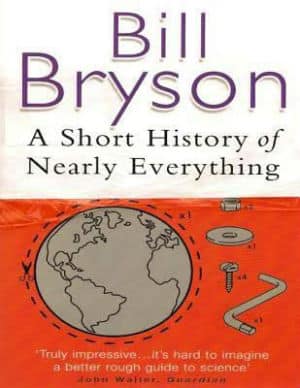

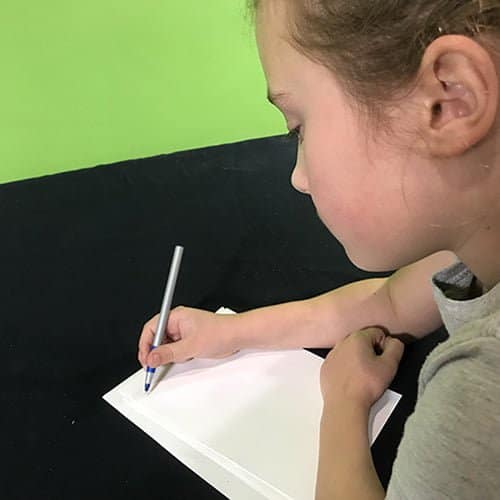
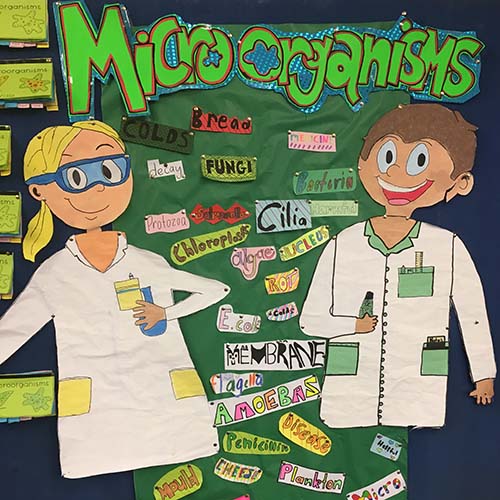























Comments